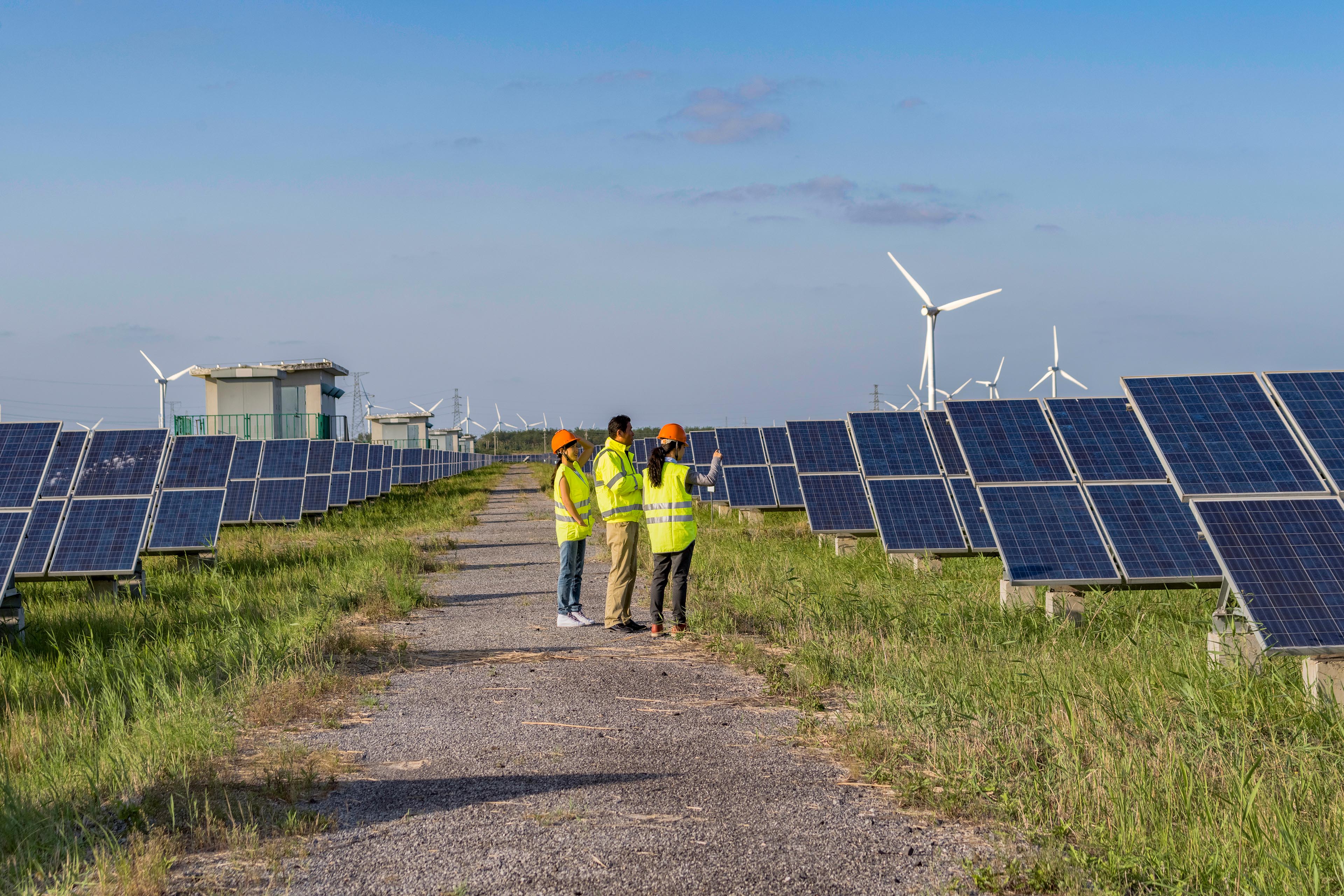Where should family enterprise investors be looking to enhance portfolio resilience for long-term risk-adjusted returns?
Jean Chia:
Given the longer-term investment horizons of family enterprises, infrastructure provides an excellent diversification option that also supports the ESG agenda. Southeast Asia will need significant investments to renew aging infrastructure, build foundations for urbanizing economies, facilitate the transition to renewable energy sources for electrification and satiate the demands of an energy-intensive artificial intelligence (AI) and digital revolution.
As the current aging grid system is a bottleneck for the energy transition, the infrastructure ESG investment story starts with expansions and upgrades to smart grids. Smart grids, which use digital technologies, sensors and software, help optimize real-time supply and demand of electricity while minimizing costs and maintaining network reliability. Media reports indicate that at least US$21.4t need to be invested in the electricity grid by 2050 to support the global net-zero trajectory.1
The infrastructure assets required for a smart grid are typically backed by contractual revenue streams with embedded inflation-adjustment and cost pass-through mechanisms. Hence, investors are shielded from the variability of real or inflation-adjusted income streams. Critical infrastructure assets in key locations also often carry stable, tangible valuations that can provide visibility and stability of returns for longer-term investors like family enterprises.
At the same time, as government grants, tax benefits and incentives may be available to providers and operators of infrastructure assets, investors may potentially enjoy favorable net returns. While the benefits of infrastructure investment are clear, family enterprises should beware of the risks inherent in the uncertain nature of developmental pathways. A diversified investment strategy with exposure spread over different geographies and industries is advised.
Family enterprises tend to focus on financial risk. How can prioritizing ESG considerations help them take a more active and operational view of risk?
Praveen Tekchandani:
It is important to determine the definition of sustainability. Companies and family enterprises tend to consider sustainability through the environmental lens mainly because there has been a lot of progress and global conversations on climate change and net zero.
Traditionally, climate change is seen as a significant risk that companies and family enterprises need to consider, and this is manifested in the form of transition and physical risks. Transition risks include evolving regulations, the impact on carbon pricing and the need to respond to changing stakeholder and customer expectations, while physical risks refer to damage to assets or the value chain from the impact of climate change.
However, the true spirit of driving sustainability resides in defining it as a combination of success levers that makes the organization successful in the long term. As this immediately includes aspects like employee engagement, safety, ethics and governance, the focus should be on levers that create and conserve value for the organization.
In short, prioritizing sustainability can provide a structured framework for enterprises to manage risks while focusing on opportunities, helping the organization achieve long-term success.
How can family enterprises pivot their innovation agenda to help realize opportunities that can potentially arise from having an ESG focus?
Praveen Tekchandani:
A focus on ESG can drive innovation by encouraging family enterprises to develop sustainable practices and products that differentiate them from competitors. Such innovation will depend on the industry and maturity of the ecosystem. It can include products or services with the goal of reducing the carbon footprint, controlling waste or promoting the circular economy.
The 2023 EY Future Consumer Index found that two-thirds of consumers globally were purchasing or considering the purchase of products that help protect against the impact of climate change. B2B customers are increasingly expecting green products and services too. Larger companies committed to net-zero pathways are seeking suppliers that can support their sustainability journey.





